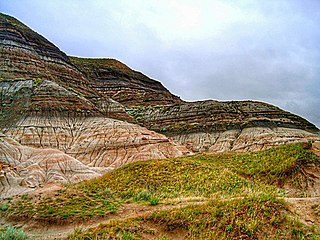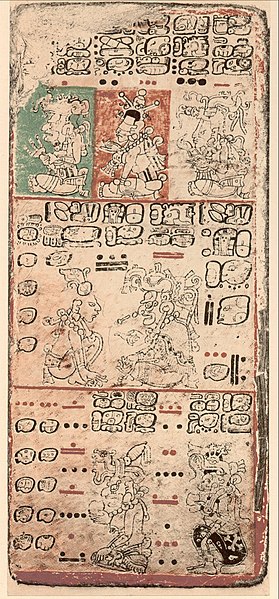Could Antarctica have been ice-free when the earth was much warmer 8000 years ago?

Holocene Temperature Variations from 12,000 years ago to the present (2004). This image is an original work created for Global Warming Art and is in the public domain. It was retrieved from Wikipedia Commons.
On the right, you’ll see a graph showing the temperature of the earth over the last 12,000 years. “BP” means “Before Present.”
I went looking for this information as part of my research for the End of the World 2012 Movie, because I wanted to see if there was a time when the earth was much warmer than it is now.And it was–8,000 years ago.
Could the earth been warm enough at that time to melt the miles-thick ice cap on Antarctica?
If so, could ancient sailors have mapped Antarctica at that time and could that map have been incorporated into the Piri Reis map?
In the End of the World 2012 Movie, I am showing how there have been previous “end of the world” scenarios, or anyway, end of the world as we presently know it. Logically, the earth could go through another “end of the world” scenario if it has done so before.
Continue reading



